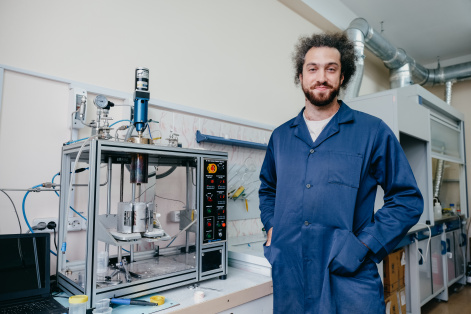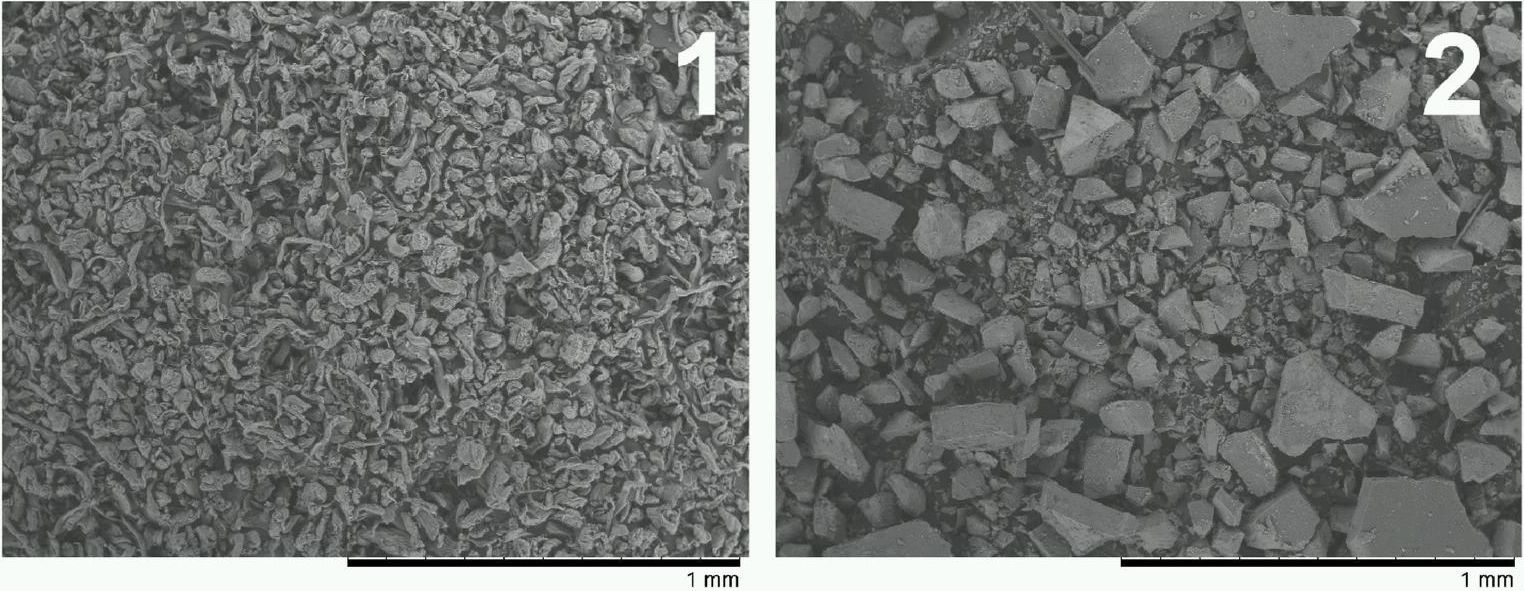Safe methods for the synthesis of sulfated polysaccharides have been developed
25 January 2021 г.

Polysaccharides, galactomannans, which include guar gum, are polymeric derivatives of complex carbohydrates, consisting of galactose and mannose. These non-toxic compounds are widely used as food additives, stabilizers, flocculants, thickeners, and gelling agents. Pharmacological studies have shown that galactomannans and compounds based on them have hepatoprotective, analgesic and anticoagulant properties. Sulfate derivatives of galactomannans are considered especially promising for biomedicine, since the incorporation of a sulfate group into a biopolymer molecule increases its biodegradability and solubility in water. However, during the chemical modification of galactomannans, use is made of toxic and aggressive substances which pollute the environment.
Chemists of the Federal Research Center “KSC SB RAS”, together with their foreign colleagues, modified the procedure for obtaining sulfated polysaccharides in two different ways, making the process more environmentally-friendly. In the first version of the method, the scientists replaced aggressive solvents and reagents with sulfamic acid and urea, in the second case - with chlorosulfuric acid with dioxane. Scientists identified sulfating complexes which have the necessary reactivity to obtain new sulfated derivatives of galactomannans.
The scientists used samples of edible galactomannan - guar gum obtained from leguminous herbaceous plants, in particular, from pea tree. They have a high molecular weight and a special ratio of galactose and mannose. As noted by scientists, the source of the plants and sugar content are important. They are responsible for the solubility of polysaccharides in water and potential for their use as a biologically active substance. The addition of the sulfate group to the structure of the polysaccharide molecule increases the water-solubility of the substance and activates its anticoagulant properties. According to the researchers, due to this, polysaccharides can reduce blood clotting and thus, they can be used to prevent thrombosis.
Chemists were looking for effective methods to obtain sulfated polysaccharides. To do this, they tested various reagents with similar properties which are suitable for obtaining the target substance. These turned out to be chlorosulfonic and sulfamic acids. However, despite the gain in environmental friendliness and increase in the amount of material obtained, the new methods led to a loss in the reaction rate. Scientists recognized the relatively slow method with the application of sulfamic acid to be safer. Chlorosulfonic acid is more dangerous, but at the same time it is more reactive and the reaction with this reagent proceeds faster.
“Polysaccharides of higher plants, including galactomannans, are harmless to the human body and have immunomodulatory properties. Sulfated derivatives of such galactomannans can be used in pharmaceuticals as potential antioxidants, antiviral drugs, and a new class of anticoagulants. The aim of our work was to optimize the process of galactomannan sulfation. The developed methods are harmless, in contrast to the traditional ones. We obtain the same biological substance as before, but at the same time we do not use any toxic, corrosive substances which affect the environment. This is an important step towards the sustainability of this chemical process. However, due to the fact that the new methods take a lot of time, we are faced with a new task, namely, to find a balance between the rate and safety of the reaction, ”says Alexander Kazachenko, Candidate of Chemical sciences, researcher at the Institute of Chemistry and Chemical Technology KSC SB RAS.
The scientist notes that safe methods will be useful for further scaling up the process. Especially promising is further modification of polysaccharide sulfates as a means of targeted drug delivery to the cells of an organism. The Krasnoyarsk chemists are planning to carry on the research.
This research was supported by a grant from the Russian Foundation for Basic Research (project No. 20-33-70256).
Share:

